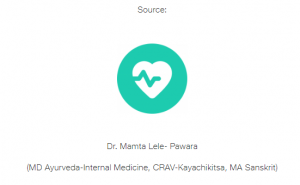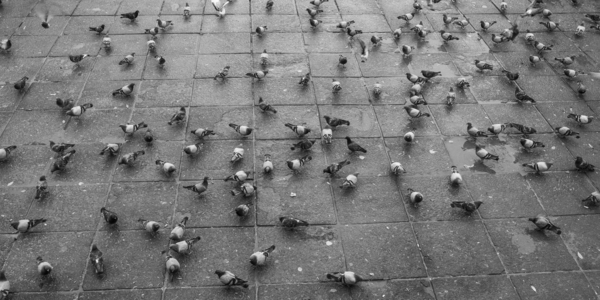[the_ad id=”6076″]
Pigeons, often regarded as symbols of urban life and tranquility, can silently harbor a host of health risks that may go unnoticed. In this blog, we unveil the potential dangers posed by pigeons to human health, shedding light on diseases, respiratory concerns, and environmental disruptions associated with these seemingly harmless birds.
Pigeons as Disease Carriers: Histoplasmosis, Candidiasis, Cryptococcosis
The seemingly innocent pigeons that frequent our streets and rooftops can be carriers of serious diseases. Histoplasmosis, a fungal infection, can be contracted by inhaling fungal spores present in pigeon droppings. Similarly, candidiasis, caused by the Candida yeast, and cryptococcosis, a fungal infection affecting the lungs and nervous system, can also be transmitted through pigeon droppings. These diseases are particularly hazardous for individuals with compromised immune systems.
Bird Fancier’s Lung: Chronic Exposure and Hypersensitivity
Bird fancier’s lung is a condition resulting from chronic exposure to airborne particles from bird droppings and feathers. It can lead to respiratory symptoms such as coughing, wheezing, and shortness of breath. This hypersensitivity reaction can even occur in people who keep pigeons or birds as pets. Prolonged exposure to pigeon-related allergens can lead to the development of this distressing lung condition.
Droppings as Allergen Triggers: Impacts on COPD and Asthma Patients
For individuals already grappling with respiratory conditions like Chronic Obstructive Pulmonary Disease (COPD) and asthma, pigeon droppings can exacerbate their challenges. The allergens present in pigeon droppings can trigger respiratory symptoms and worsen the condition of these patients. Exposure to such allergens can lead to increased inflammation and further compromise lung function.
Psittacosis: The Lesser-Known Respiratory Illness
Pigeon droppings can carry a bacterium called Chlamydia psittaci, which causes a respiratory illness known as psittacosis. When these droppings dry, the bacteria can become airborne, and inhalation can lead to flu-like symptoms, fever, and even pneumonia. While human cases of psittacosis are relatively rare, the potential danger of contracting this respiratory illness from pigeons cannot be overlooked.
Structural Damage and Aesthetic Nuisance
The problems associated with pigeons extend beyond health concerns. Pigeon droppings can deface buildings, corrode metal surfaces, and damage paint. The acidic nature of pigeon droppings accelerates the degradation of structures, leading to maintenance and repair costs that can be substantial for property owners.
Feeding Pigeons: An Unintended Disruption of Local Ecosystems
Feeding pigeons, often done with the intention of being kind to these birds, can actually disrupt local ecosystems. Pigeons are opportunistic feeders, and when they are fed in excess, their population can grow rapidly. This population surge can lead to imbalances in local bird communities, affecting other native species. Furthermore, concentrated feeding areas can become breeding grounds for bacteria and parasites, contributing to health hazards for both pigeons and humans.
In conclusion, while pigeons may appear charming and harmless, it’s crucial to recognize the hidden health risks associated with them. Pigeon droppings can harbor fungal infections, trigger respiratory illnesses, and exacerbate existing conditions like COPD and asthma. Beyond health concerns, pigeons can cause structural damage and disrupt local ecosystems when fed in excess. As responsible members of our communities, it’s vital to strike a balance between coexistence and understanding the potential hazards posed by these seemingly benign birds. By staying informed and taking appropriate precautions, we can ensure the well-being of both humans and the urban avian inhabitants we share our spaces with.

